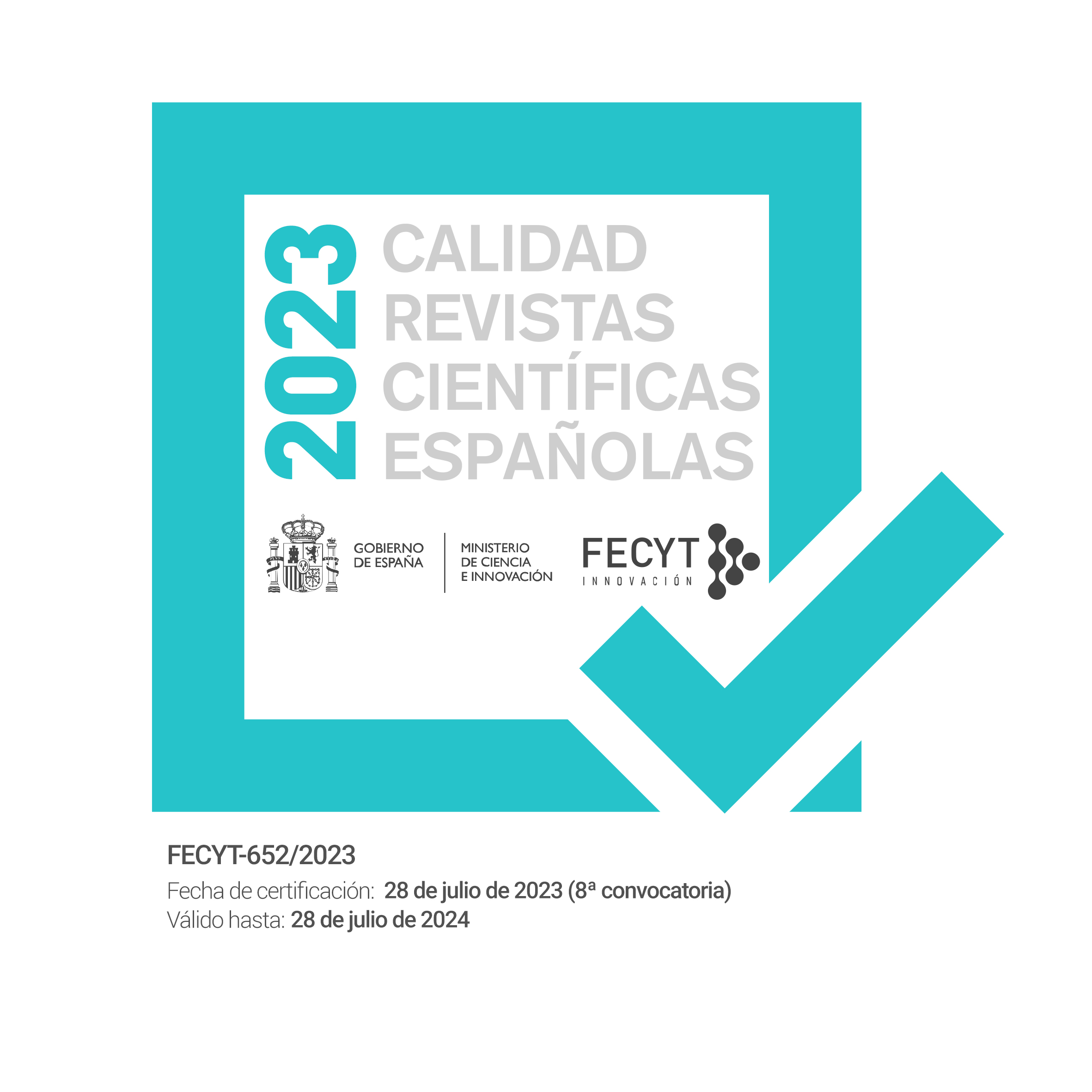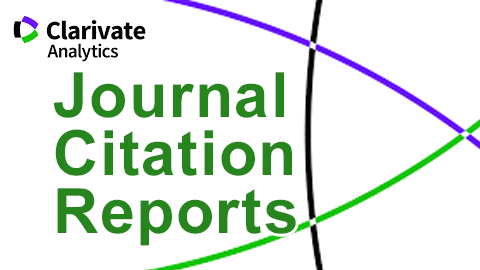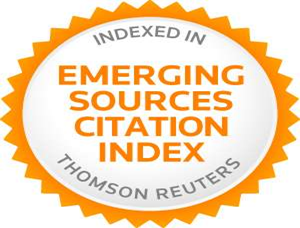Clausal Arguments and Peripheries in ASD-STE100: The Parsing of Subordination in ARTEMIS
Resumen
One of the main objectives of NLP is the simulation of natural language understanding. Within its applications, ARTEMIS is theoretically grounded in RRG, whose linking algorithm lies at the basis of our interlingua-based system. A fundamental component of ARTEMIS is the GDE module, where feature-based production rules and AVMs are stored to allow the generation of natural language expressions. Production rules for phrasal constituents, simple sentences and adverbial subordinates have already been described, but it is now turn to delve into other types of complex structures and generally contribute to the enhancement of parsing rules for clausal subordination in ARTEMIS. Bearing in mind the validation process these production rules should undergo, as well as the common problems that may arise in such parsing applications, our research will concentrate, precisely, on the analysis of these subordinate structures as found in a CNL like ASD-STE100.
Citas
Cortés-Rodríguez, F. (2016). Towards the computational implementation of RRG: Rules for the syntactic parsing of RRG Phrasal constituents. Círculo de lingüística aplicada a la comunicación, 65, 75-108.
Cortés-Rodríguez, F. (2019). ARTEMIS from a constructionist perspective: Reassessing constructional structures for an NLU environment. Plenary lecture presented at the 8th International Conference on Meaning and Knowledge Representation. Granada, Spain. July, 3.
Cortés-Rodríguez, F. & Mairal-Usón, R. (2016). Building an RRG computational Grammar. Onomázein, 34, 86-117.
Cortés-Rodríguez F. & Rodríguez-Juárez, C. (2019). The syntactic parsing of ASD-STE100 adverbials in ARTEMIS. Revista de Lingüística y Lenguas Aplicadas, 14, 59-79.
Díaz-Galán, A. & Fumero-Pérez, M. (2016). Developing Parsing Rules within ARTEMIS: The case of Do Auxiliary Insertion. In C. Periñán-Pascual & E. M. Mestre-Mestre (Eds.), Understanding meaning and knowledge representation: from theoretical and cognitive linguistics to natural language processing (pp. 283-302). Cambridge: Cambridge Scholars Publishing.
Fumero-Pérez, M. & Díaz-Galán, A. (2017). The Interaction of parsing rules and argument- predicate constructions: Implications for the structure of the Grammaticon in FunGramKB. Revista de lingüística y lenguas aplicadas, 12, 33-44.
González-Orta, M. & Martín-Díaz, M.A. (2022 forthcoming). ARTEMIS: Parsing Non-peripheral Complex Sentences in ASD-STE100. Onomázein, 56. doi: 10.7764/onomazein.56.05.
Hernández-Pastor, D. & Periñán-Pascual, C. (2016). Developing a knowledge base for preposition sense disambiguation: A view from Role and Reference Grammar and FunGramKB. Onomázein, 33, 251-288.
Kuhn, T. (2014). A Survey and classification of Controlled Natural Languages. Computational linguistics, 40(1), 121-170.
Mairal-Usón, R. & Cortés-Rodríguez, F. (2017). Automatically Representing TExt Meaning via an Interlingua-based System (ARTEMIS). A further step towards the computational representation of RRG. Journal of computer-assisted linguistic research, 1, 61-87.
Mairal-Usón, R. & Ruiz de Mendoza Ibáñez, F. (2009). Levels of description and explanation in meaning construction. In Ch. Butler and J. Martín Arista (Eds.), Deconstructing Constructions (pp. 153–198). Amsterdam/Philadelphia: John Benjamins.
Martín-Díaz, M.A. (2017). An account of English yes/no interrogative sentences within ARTEMIS. Revista de Lenguas para Fines Específicos, 23(2), 41-62. doi: 10.20420/rlfe.2017.172.
Martín-Díaz, M.A. (2018). Parsing wh-interrogative sentences within ARTEMIS. Revista Electrónica de Lingüística Aplicada, 17(1), 78-98.
Martín-Díaz, M.A. (2019). Parsing adverbial complex sentences in ASD-STE100 within ARTEMIS. Complutense Journal of English Studies, 27, 159-181. doi: 10.5209/cjes.61076.
Periñán-Pascual, C. (2013). Towards a model of constructional meaning for natural language understanding. In B. Nolan & E. Diedrichsen (Eds.), Linking Constructions into Functional Linguistics: The Role of Constructions in Grammar [Studies in Language Companion Series 145] (pp. 205–230). Amsterdam: John Benjamins.
Periñán-Pascual, C. & Arcas-Túnez, F. (2014). The implementation of the CLS constructor in ARTEMIS. In B. Nolan & C. Periñán-Pascual (Eds.), Language Processing and Grammars: The Role of Functionally Oriented Computational Models [Studies in Language Companion Series 150] (pp. 165-196). Amsterdam: John Benjamins.
Sag, I., Wasow T. & Bender, E. (2003). Syntactic Theory: Formal Introduction. Stanford: CSLI Publications.
Van Valin, R. (2005). Exploring the Syntax-semantics Interface. Cambridge: Cambridge University Press.
Van Valin, R. & LaPolla, R. (1997). Syntax. Cambridge: Cambridge University Press.
Descargas
Publicado
Número
Sección
Licencia
Reconocimiento – No comercial (CC BY-NC). Bajo esta licencia el usuario puede copiar, distribuir y exhibir públicamente la obra y puede crear obras derivadas siempre y cuando estas nuevas creaciones reconozcan la autoría de la obra original y no sean utilizadas de manera comercial.
Los autores retienen todos sus derechos de publicación y copyright sin restricciones.









